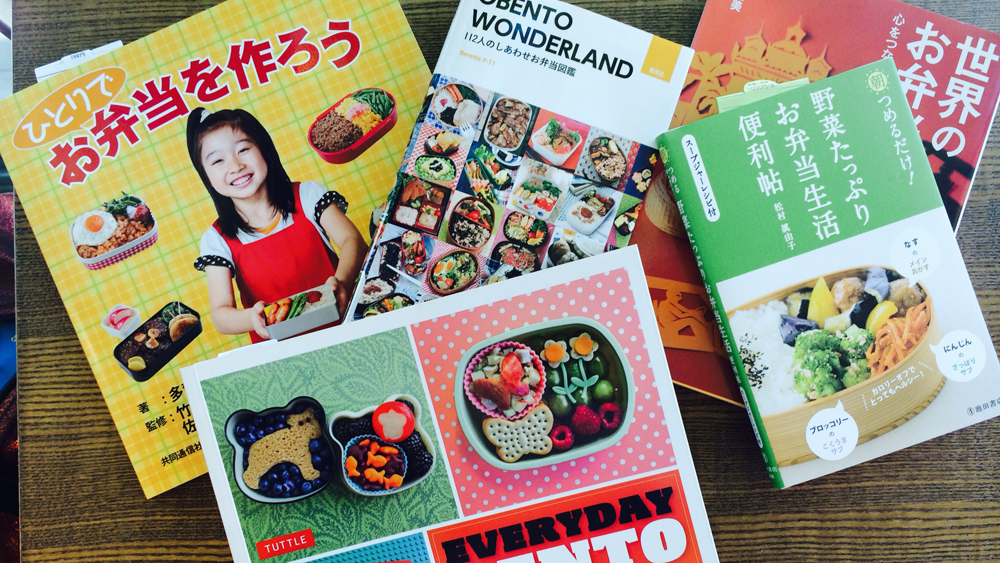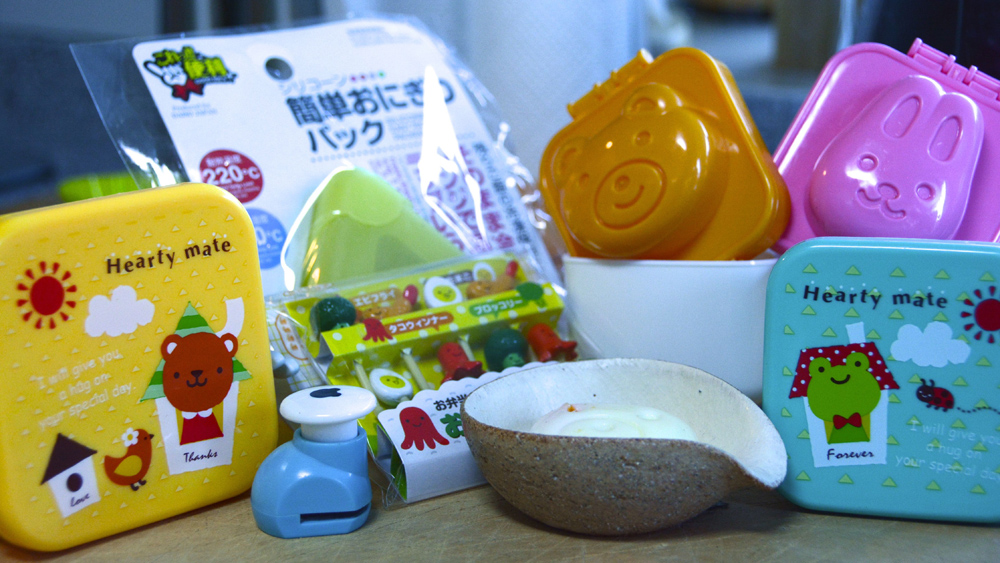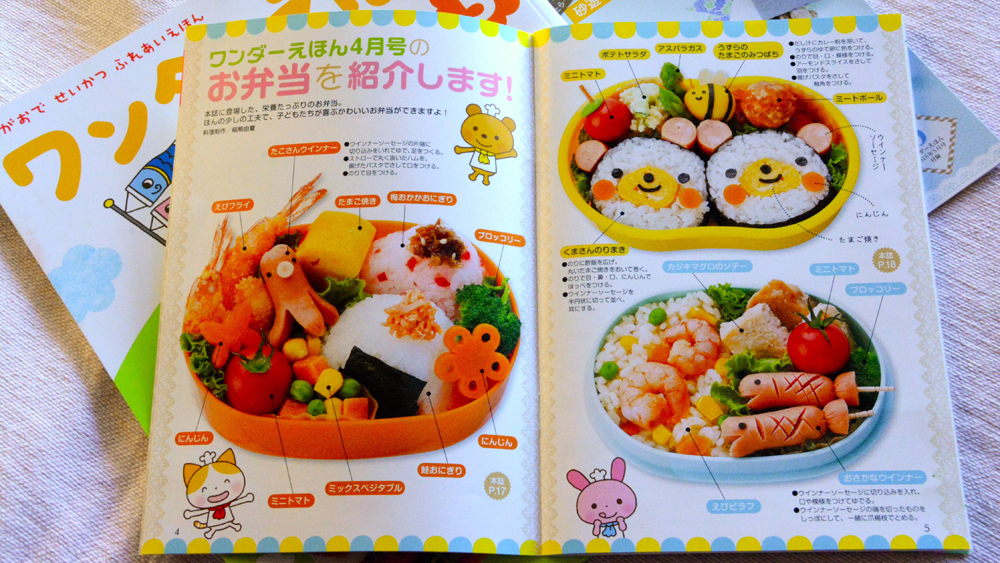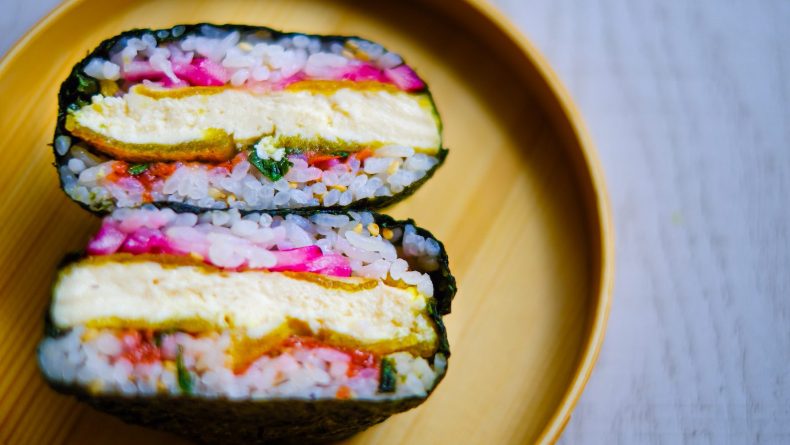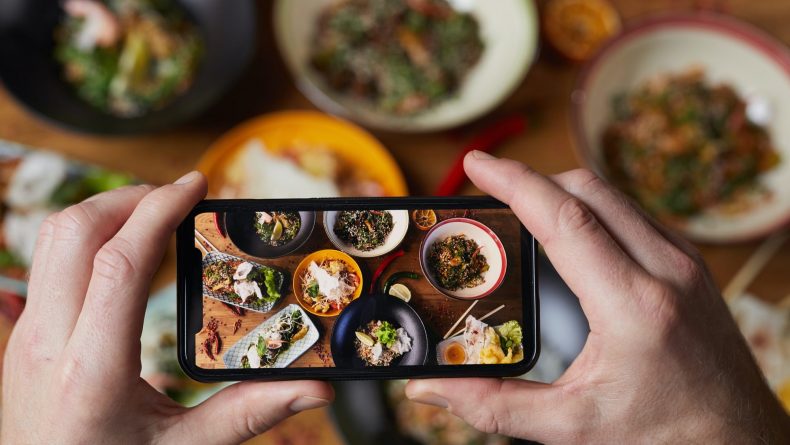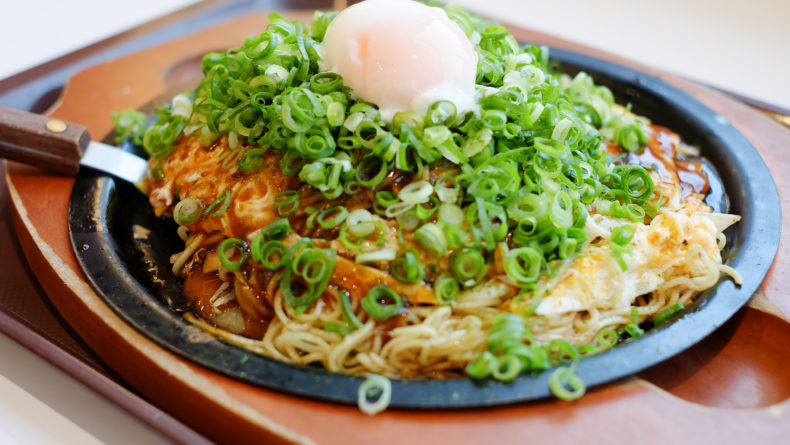Savvy Tips for Avoiding Dreaded “Bento Stress”
Box Of Art
When my European friend, whose four-year-old is going to a Japanese school, first mentioned the term "bento stress," I did not have a clue what she meant. But after chatting with some Japanese mothers, I began to realize that preparing a lunch box in Japan goes way beyond simply spreading peanut butter on sliced bread.
It is even more than making the meal look appetizing. It is a religion, it is an art, and it is a science, with a huge industry of tools and how-to books surrounding it. In Japan, it’s all about presentation. This demands creative skills, talent, dedication, commitment and—most importantly—time.
My friend Keiko, a Japanese housewife and mother of two, used to get up an hour early every day to prepare a bento for her kids. Another Japanese lady confessed to me that she spent 30 minutes create the perfect bento box for her son. She did this every day for 12 years.
Over the past few years an unofficial competition has sprung up among mothers to equip their kids with the most unique, creative (and of course nutritiously-balanced) lunch boxes. In great demand are the so-called “kyaraben” (character bentos) that contain exquisite food art that looks like cartoon characters, animals or even scenes from movies. In the beginning, fun bentos were intended to encourage a wider range of eating habits among children, but now it has evolved to the point where national contests are being held.
“Before starting to eat their lunch, children showcase their boxes to their friends,” Keiko tells me. “If my kids fail to bring a nice lunch box, the other children might give them a hard time.” Seriously? Kids run the risk of getting bullied because their lunch does not look beautiful? This is a hard concept for me to comprehend, but it is echoed by several other parents.
Luckily, Japanese supermarkets and department stores have caught onto this trend and developed various tools to help save parents time when preparing the all-important lunch box. Armed with these and some basic techniques, it is possible to overcome (or at least reduce) daily bento stress. Spend some time at Tokyu Hands or even your local 100 yen store and equip yourself for the ultimate bento challenge.
Choose the Best Box
Bento boxes come in all sorts of shapes, materials and configurations. Most common are single-tier bento boxes. But as you might want to pack several different kinds of food, make things easier on yourself by getting a multi-tiered lunch box. This spares you from having to produce handmade food dividers (my friend uses hand-cut carrots and seaweed or cucumber slices, but do you really intend to get up an hour early every day?), as these systems come with some sort of divided container to hold food.
Get the Right Tools
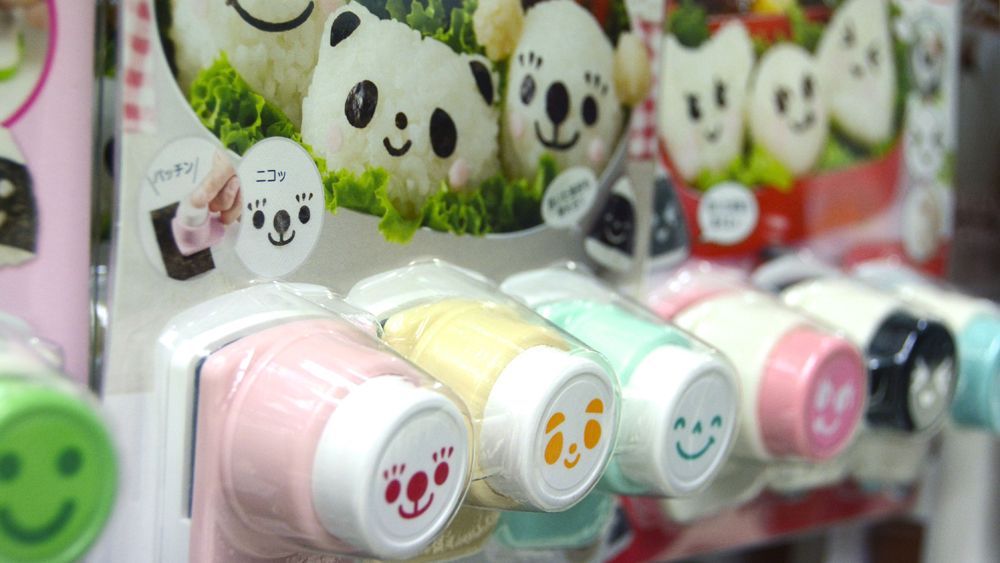
This list could be truly endless. Here are just a few examples:
Silicone cups: Round cups intended for cupcakes are a good shape to start with.
Metal cutters: Use the ones from last year’s Christmas baking or stock up on a few basic shapes—circles, stars, flowers and hearts. Metal ones are a good choice because they are sturdy and cut through almost any food.
Egg molds: Pop a warm hard-boiled egg into one of these molds, let it sit a few minutes, then remove it to find it transformed.
Rice molds: These are used to shape cooked rice into decorative shapes.
Food-safe markers: Use them to draw details on bread, cheese, crackers and other dry, firm surfaces.
Nori punches: Use them to punch faces or other shapes out of nori seaweed.
Decorative picks: They are cute and functional and can be used as mini utensils for eating.
Stamping cutters: Use the outside edge to cut basic shapes and the the detailed insert to stamp an image onto bread or cheese.
Character Faces
Character bentos are extremely popular, but can also be very challenging. If you lack the time to attend a character bento class (yes, these do exist in Tokyo) or follow YouTube tutorials (I recommend the OneCookbook videos), keep it simple.
Kamaboko: Buy already cut character face fish sausage (kamaboko). While the processed fish product might not seem very appealing in terms of health, it is a top seller in Japan. While Hello Kitty kamaboko is apparently no longer a favorite, now characters from the latest Disney movies are highly popular, and available in all major supermarkets.
Character sausages: These mini sausages (kodomo wiener) come with character faces printed onto them.
Kirinukinori: You can find small packages of very handy pre-cut seaweed at most supermarkets. The Pokemon option is a very popular one.
Octopus sausage: This involves some basic cooking skills, but can be an easy-to-make yet impressive bento component. Simply cut the sausage into about three-inch lengths (or use sausages that are this size to begin with) and then slice the lower half four times lengthwise so that the sausage has eight “legs.” Fry the sausages on medium heat until the legs start to open. Add sesame seeds for eyes, then pack the sausages into your child’s lunch box and admire your work.
View this post on Instagram
My friend Keiko, by the way, is back to getting more sleep again, as her daughter now goes to a school that serves lunch (kyuushoku). Having said that, she mentioned a new trend that is taking root in Japanese schools that had me seriously astonished: rice cooker bento boxes. Similar in size and shape to ordinary bento boxes, these portable rice cookers allow your kids to prepare steamed rice in minutes, just in time for lunch.

